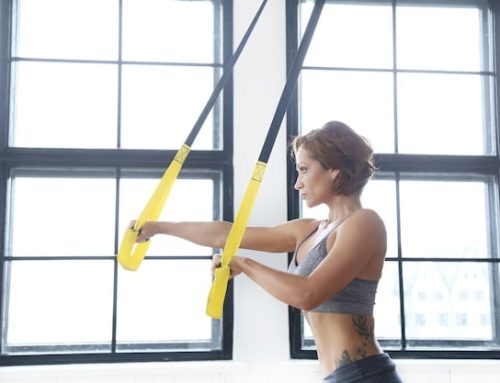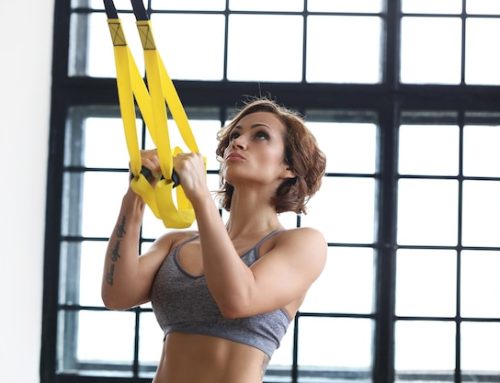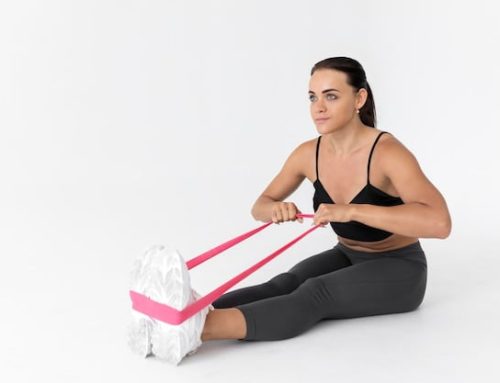Introduction
Resistance band training has become increasingly popular lately due to its low-cost and high effectiveness in building strength and muscle. They are versatile, portable, and enable you to perform a wide range of exercises to target different muscle groups. The resistance bands come in different colors, each representing varying levels of tension.
Can I start with heavy resistance bands?
Resistance bands are designed to create resistance in your muscles, making them work harder than they would during a regular exercise. While it may seem tempting to start with the heaviest bands out there, it’s essential to start gradually and work your way up. Using heavy resistance bands right off the bat may end up causing injuries or muscle strains.
According to fitness experts, it is best to start with a light resistance band and gradually move up as your strength improves. This allows your muscles to adapt to the resistance, making it easier to increase the intensity over time without causing injury.
Building a foundation with light resistance bands
Starting with light resistance bands helps you to build a strong foundation necessary to progress to more challenging workouts. Light resistance bands allow you to focus on the correct form, which helps you to target the right muscles, reducing the risk of injury.
For example, if you are just starting with resistance band workouts, you can try the band pull-apart exercise. This exercise targets the upper back and improves your posture. Place your resistance band around your wrists, stand with your feet shoulder-width apart, and extend your arms straight in front of you. Pull the band apart by moving your hands apart and squeezing your shoulder blades together.
Gradually progressing to heavier resistance bands
As you get stronger, you can gradually increase the intensity by using heavier resistance bands. Move on to medium resistance bands, which offer more resistance than the light ones, but not as much as the heavy ones. Medium resistance bands are excellent for exercises that target your arms, chest, and shoulders.
For example, you can try the resistance band biceps curl. Stand on the band with your feet shoulder-width apart, holding the band handles in each hand. With your elbows tucked into your sides, curl the band handles towards your shoulders.
Using heavy resistance bands
When you are comfortable using medium resistance bands, you can move on to heavy bands that offer the highest resistance. Heavy resistance bands are ideal for exercises that target your lower body muscles, such as your glutes, hamstrings, and quads.
For example, you can try the resistance band squat. Place the band just above your knees, stand with your feet shoulder-width apart, and push your hips back to lower your body into a squat position.
Conclusion
Starting with light resistance bands and gradually progressing to heavier ones is the best approach to resistance band training. This way, you avoid injuries and build a strong foundation necessary for more complex exercises. You don’t have to rush the process; take your time and enjoy the workouts. Resistance band training is an excellent way to build strength and improve your overall fitness level.






